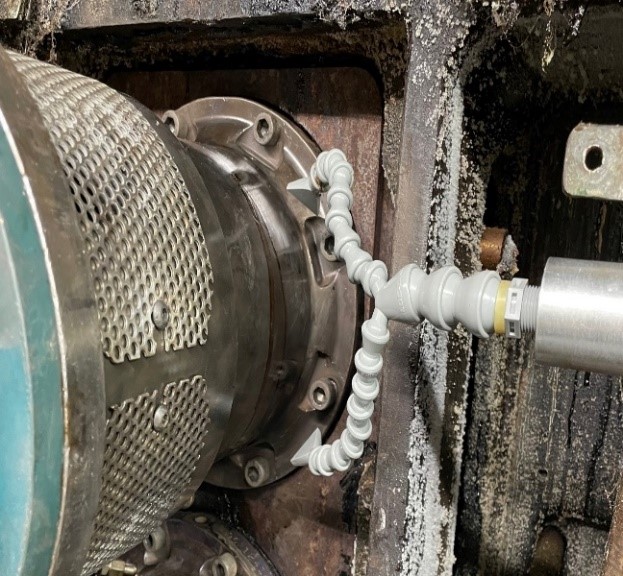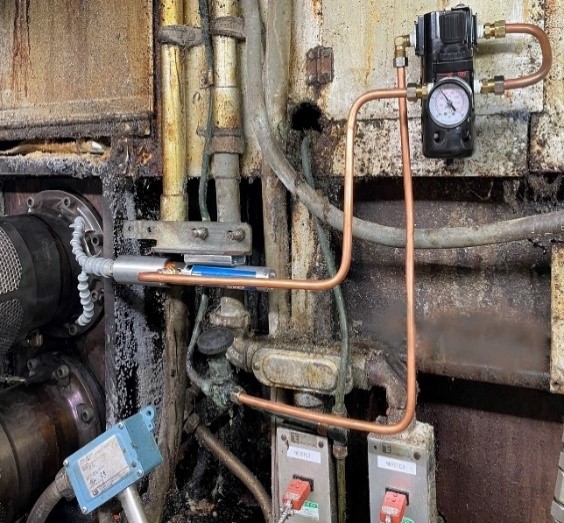Vortex Tube Theory
What is a Vortex Tube? How long have they been around? How do they work? Vortex Tubes have been around since 1928 with what may seem as an accidental existence by the developer George Ranque. George accidentally discovered the phenomenon while studying physics at Ecole Polytechnique in Paris France. Ranque was performing an experiment on a vortex-based pump to vacuum up iron fillings; during the experiment he noticed that warm air was being expelled out of one side and cold air out of the other when he inserted a cone into one end of the vortex. In 1931 Ranque filed for a patent for the vortex tube and two years later presented a paper on it.
George’s vortex tube was all but lost and forgot about until 1947 when the German physicist Rudolph Hilsch published a paper on the device. This paper became widely read and exposed the vortex tube to the industrial manufacturing environment. This paper revived what was thought to be lost and led the vortex tube into what we see today.
As to how they work, these are a phenomenon of physics and the theoretical math behind them has yet to be proven and set in stone. But the basics are this, high pressure compressed air (typically 100 PSIG) is fed into a chamber which contains a generator. The generator takes that high pressure air and spins it at a very high rate of speed. As the air spins it starts to heat up on the inner walls of the vortex tube as it moves towards the control valve. A part of that hot air exits at that valve. The rest of the air which has now slowed down is forced back up the tube through the center of the first high speed air stream. The middle stream of slower air gives up energy in the form of heat to the outer faster moving air. And because of this the inner stream exits the opposite end as extremely cold air! (Check out image below for a visual representation)

Now the question is how can this technology be integrated into a production process? See below for applications.
Cold Air Gun Application
A few months ago, a high-performance knitted products manufacturer called. They operate 128 Spindle motors on circular sock machines (CSM) that require couplings. These couplings use hi-speed, hi-temperature bearings that have been failing regularly and prior to the predicted run life. This was resulting in loss of production while the circular sock machines are down and the bearings are replaced. Additional costs associated with refurbishing the failed bearing include labor and new bearings. The average cost of a failed circular sock machines bearing including lost production was around $1925.00 and on average they were seeing 180 premature failures each year.
My recommendation was using a Cold Gun with the dual outlets to spread the cooling around the bearing. They had tried fans and electric blowers and they noticed no benefits. However, when they placed the 3925 on the largest trouble maker that was burning bearings at the highest rate, they noticed a prolonged lifetime of over 260%!!!
The enhanced run life of the circular sock machines was noticed immediately as the non-cooled circular sock machine bearings continued to fail at a much higher rate when compared to the positions with the Cold Air Guns installed.
Based on the average cost of a failed circular sock machine bearings including lost production ($1925.00) and an average of (180) premature failures each year, their estimated annual savings using the Cold Gun is $346,500.00 on just the 12 high fail rate machines they have put these on to date. They are expecting to place a Cold Gun on every circular sock machine within 5 years focusing on the high fail rate machines first.
If you think you have an application that would benefit from Vortex tube technology, give us a call! We have a team of application Engineers in from 7AM-4PM EST M-F! Or shoot us an email to techelp@exair.com and one of those Engineers will reach out to you!
Jordan Shouse
Application Engineer
Send me an Email
Find us on the Web
Like us on Facebook
Twitter: @EXAIR_JS

